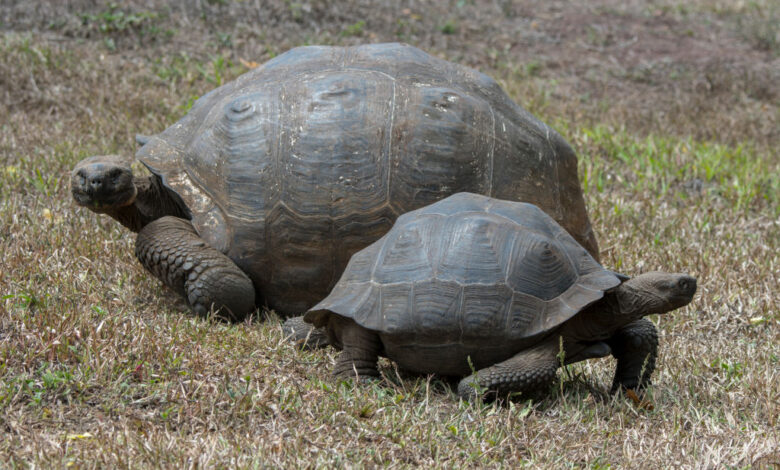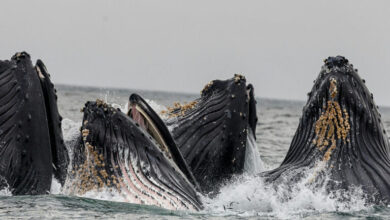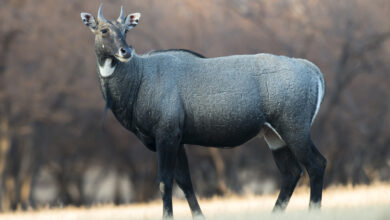
Giant Galapagos tortoises (Geochelone elephantopus) in the highlands of Santa Cruz Island in the Galapagos Islands, Ecuador. Photo Credit: Avalon/Getty Images
AnimalsEnvironment EcuadorThe Giant Tortoise Is Back – and It’s Here to Stay
The return of the iconic giant tortoise on Española, an island in the southeast of the Galapagos, Ecuador, is a success story not only for the species but also for the island ecosystem.
Once at a tortoise count of only 14, Española now has a population of 3,000 individuals thanks to conservation efforts – the eradication of the introduced species like rats and goats and the capture of the remaining tortoises to breed them in captivity.
The remaining tortoises on Española were captured between 1963 and 1974 for breeding purposes, and then close to 2,000 captive-bred Galapagos giant tortoises were reintroduced in 2020. Now, they breed in the wild, and the population continues to grow. The presence of giant tortoises is also beneficial to the island’s ecology as they browse, poop, and plod about, altering the landscape. Indeed, they expand the grasslands, spread seeds of key species, and reduce the extent of woody plants. By trampling young trees and bushes before they grow big and block the critically endangered waved albatross, giant tortoises have helped the bird to return to Española for breeding season. Giant tortoises are ecological architects, as documented in a recent study on the many effects they have on their environment.



